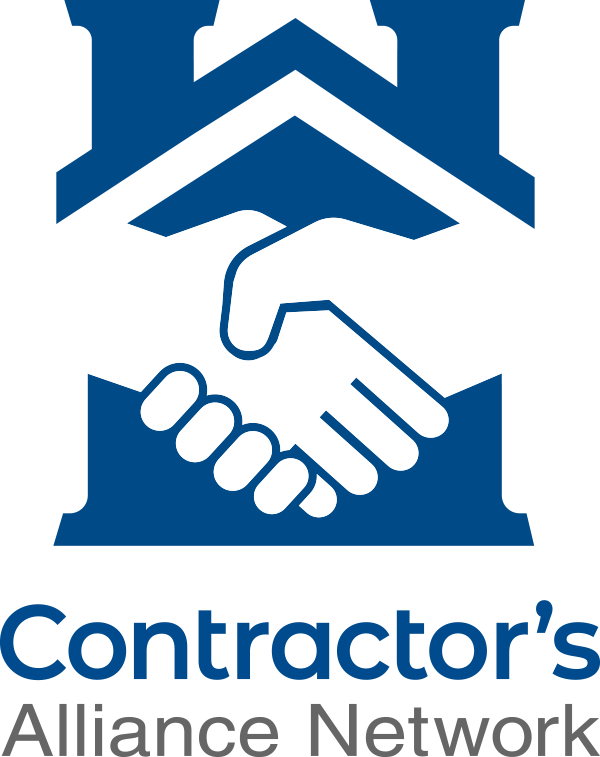30 Mar What is a Service-Level Agreement?

In our industry, countless acronyms and abbreviations are used without a second thought or explanation. IICRC, WRT, CPCU, AMRT, IBNR, ALE, and on and on and on… At CAN (another one!) we are constantly referring to SLA’s or the SLA document. This week, we will dive into the definition, purpose, and expectations of the Contractor’s Alliance Network’s Service-Level Agreement (That’s another way to say CAN’s SLA’s). To start, here’s what Wikipedia has to say on the topic:
WHAT IS AN SLA?
“A service-level agreement (SLA) is a commitment between a service provider and a client. Particular aspects of the service – quality, availability, responsibilities – are agreed between the service provider and the service user.”
Another way to look at it is a service-level agreement (SLA) defines the level of service you expect from a vendor, laying out the metrics by which service is measured, as well as remedies or penalties should agreed-on service levels not be achieved. It is a critical component of any vendor contract. At its most basic definition, it sets the bar on how CAN desires its policy holder’s to be treated and states the obligations and expectations a Service Provider agrees to by onboarding and subsequently accepting an assignment. The number one takeaway from this week’s Insight’s is that everyone in your organization should read this document front to back before engaging on a Heritage, Zephyr, or Narragansett Bay loss. Ownership, Back Office, Field Staff, PM’s, Apprentices, and everyone in between. The largest area of deficiency in regard to SLA’s is the lack of communication within a Service Provider’s organization. At the time of onboarding, a small number of individuals are selected by the Service Provider to train on “all things CAN”. If that training knowledge is not passed on to everyone in your organization, you are opening the door to SLA violations. It is a simple concept that is forgotten too often.
WHO SHOULD READ THE SLAs?
CAN recommends distributing the SLA document to every employee within your organization and creating some type of acknowledgement from the employee confirming they have read and understand them. This is also a great way to uncover things you may have missed when you personally reviewed it. Your field and back office staff have a different perspective and can often spot things other missed that directly impact the way you operate. We also recommend reviewing SLA’s often if you do not engage on a large number of CAN assignments (muscle memory). Set a quarterly calendar reminder at minimum. Large losses and losses with special circumstances are other examples where your team should be reviewing the document to cover the specific service type you are about to accept or have already accepted. A best practice would be to know what is required before agreeing to provide the service. Proactive versus Reactive is not a new concept in our industry. By accepting an assignment, you are agreeing to abide by the document. It helps protects you, your team, CAN, and most importantly, our policy holder’s when everyone that touches a loss has read and understands the service level expectations before you begin.
I READ THE SLAs LAST YEAR, IT’S NOT UPDATED RIGHT?
Lastly, when properly executed, a service-level agreement is a living document. Laws, processes, and environments change constantly. There is no better example than what we have been experiencing the last few weeks. The more people that have read the CAN SLA, the more opportunity we have as a group to spot potential problems and seek out remedies before a policy holder, insurance carrier, or service provider is impacted. Your feedback is essential to our success. The key is to get ahead of questions, comments, and concerns before a problem is encountered on a live loss. With your assistance, we can continue to deliver on our customer promises while staying on the same page operationally.
HOW WE CAN HELP! (NO PUN INTENDED)
If you would like a one-on-one training session dedicated to SLA’s (or any other topic), do not hesitate to reach out to us. We can also provide the most recent update of the SLA. It varies by region, please make sure you have the region/brand specific version applicable to your organization. If you are a national provider, you may need multiple versions.


